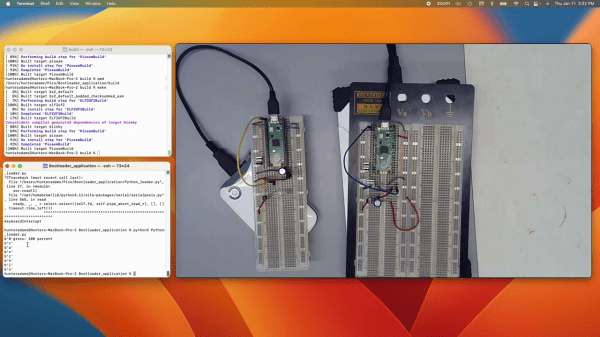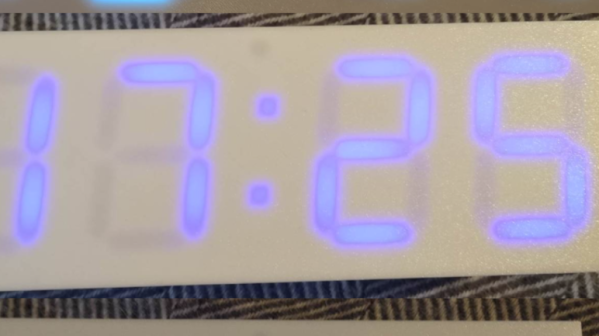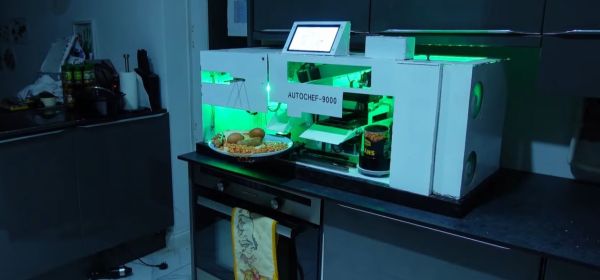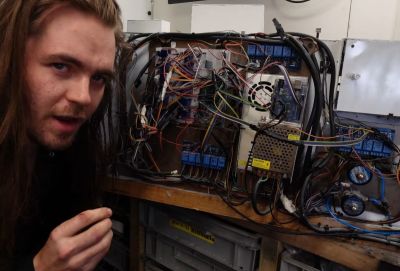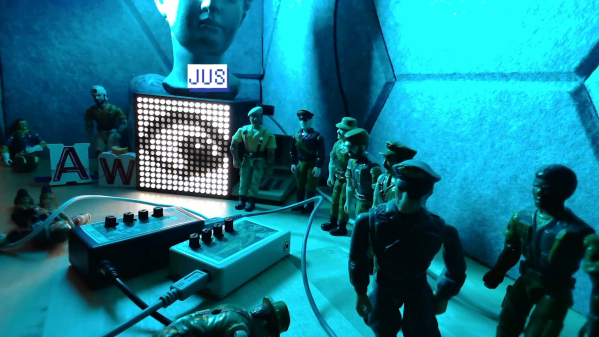For fans of the iconic anime Akira, there’s only one way to traverse the mean streets of post-apocalyptic neo-Tokyo, and that’s the futuristic mount of motorcycle gang leader Shôtarô Kaneda. It’s a low-down feet-forward machine with, we’re told, “Ceramic double-rotor two-wheel drive,” which we’re guessing is some kind of hybrid electric drive with what sounds like a gas-turbine motor. Over the years, there have been a few different attempts to create a real version of Kaneda’s bike, and we’re pleased to see the latest from ヲタ工房「ポンちゃンネル」(Ota Kobo “Ponchanner”). It uses a twin-cylinder Kawasaki motor in an entirely custom-made frame, with dual single-sided swingarms front and rear and hub-centre steering.
The full build in the video below the break is pretty long but well worth a watch, and it includes a lot of very highly skilled metalwork. It’s an interesting choice not to attempt to make a direct replica of Kaneda’s bike. Still, we think some of the differences are dictated by this being very much a roadworthy and everyday-rideable machine.



